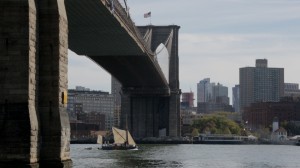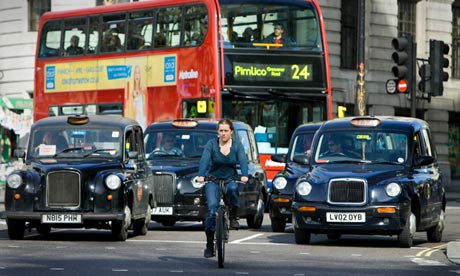
Colorado River in Mexico. Library of Congress, United States, LC-DIG-stereo-1s00953.
Minute 319 might not solve the problem. Some say Mexico and the United States need to take a radically different approach. The November 10, 2012 decision of the International Boundary and Water Commission of the United States and Mexico tried to address effects of the 2010 earthquake in the Mexicali Valley, Baja California, on the Colorado River Basin (www.ibcw.gov/Files/Minutes/Minute_319.pdf). In 1922, the Colorado River was parceled among the Upper Basin United States of Wyoming, Colorado, Utah and New Mexico (9.25 billion cubic meters per annum) and the Lower Basin Arizona, California, Nevada (10.45 billion cubic meters. By 1944, Mexico claimed their, previously unspecified, water rights (1.85 billion cubic meters per annum). Rights of Native Americans, including the Navaho, would follow, determined decades later, perhaps advantageously in this age of water valuation. In 1922, it was not easy to estimate water needs; original allocation of the Colorado River was set above projected needs. Add to that the fact that in the 1920’s the river’s flow was above-normal (http://www.forbes.com/sites/stratfor/2013/05/14/u-s-mexico-the-decline-of-the-colorado-river/). Organizational structure and management of the river lacks basin-wide coordination. Many might agree with Professor of Law Gabriel Eckstein’s recommendation that Mexican and United States “subnational entities at the regional and local level pursue cooperation in the form of locally-specific, cross-border arrangements” (www.internationalwaterlaw.org). For example, Nogales, Sonora businesses have cooperated with the public water authority of Nogales, Arizona, for more than 40 years. Deciding sustainable use policies of transboundary water resources might be part of the future of Tratado de Libre Comercio de America del Norte (TLCAN) or also known as NAFTA, upon its 20th anniversary on January 1, 2014. What is the future of water rights in North America? Other regions? What is the destiny of water? Agua de mayo, pan para todo el año.
Building the World Blog by Kathleen Lusk Brooke and Zoe G Quinn is licensed under a Creative Commons Attribution-NonCommercial-NoDerivs 3.0 Unported License.










